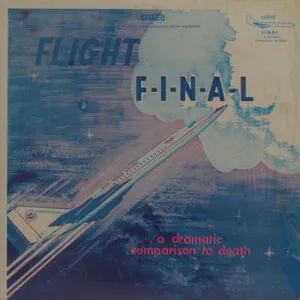Sermons, as a recorded genre, are spoken-word performances of religious preaching captured for commercial release or broadcast. They focus on exhortation, scripture exposition, moral storytelling, and ritual address, often delivered with a strong rhetorical cadence and call-and-response with a congregation.
Though primarily speech, many sermon recordings are deeply musical in delivery: organ or small ensemble accompaniment, congregational interjections (“amen!”, “yes, Lord!”), and voice-leading cadences (“whooping”) give them a distinctive sonic identity. The genre is most historically associated with African American church traditions in the United States but exists across many denominations and faith contexts.
Sermon recordings have circulated on 78 rpm discs, radio transcriptions, LPs, cassettes, CDs, and, more recently, podcasts and streaming platforms, preserving the performance art of the pulpit and influencing gospel and spoken-word styles.
The documented genre of recorded sermons began in the United States during the 1920s, when record labels issued 78 rpm “race records” by prominent preachers. Figures like Rev. J.M. Gates and Rev. A.W. Nix brought the sound of the pulpit to discs, blending urgent rhetoric with congregational responses and occasional organ support. Radio’s rise in the 1930s expanded the reach of sermon performances beyond the sanctuary.
With the LP, labels and churches released longer sermon programs. Rev. C.L. Franklin became renowned for powerful recorded sermons (“The Eagle Stirreth Her Nest”), while itinerant and storefront church traditions (e.g., Elder Utah Smith, Rev. Louis Overstreet) captured a raw, ecstatic aesthetic of preaching, shout responses, and musical vamping. Sermons also intersected with civil rights-era oratory, where the pulpit’s cadence informed public addresses and community mobilization.
Affordable cassette duplication enabled churches and evangelists to distribute sermons widely after services and on the road. Tele-evangelism and mega-church ministries standardized high-production sermon releases, while gospel labels packaged preaching alongside choir and devotional recordings. The sermon’s musicality (organ pads, choir vamps, praise breaks) became a recognizable soundscape.
Podcasts, livestreams, and streaming services globalized the genre. Sermons now circulate as on-demand spoken-word releases, often excerpted into motivational clips. Contemporary productions balance intelligibility, room ambience, and congregational presence, retaining the core elements of scripture-centered rhetoric, call-and-response, and performative cadence.

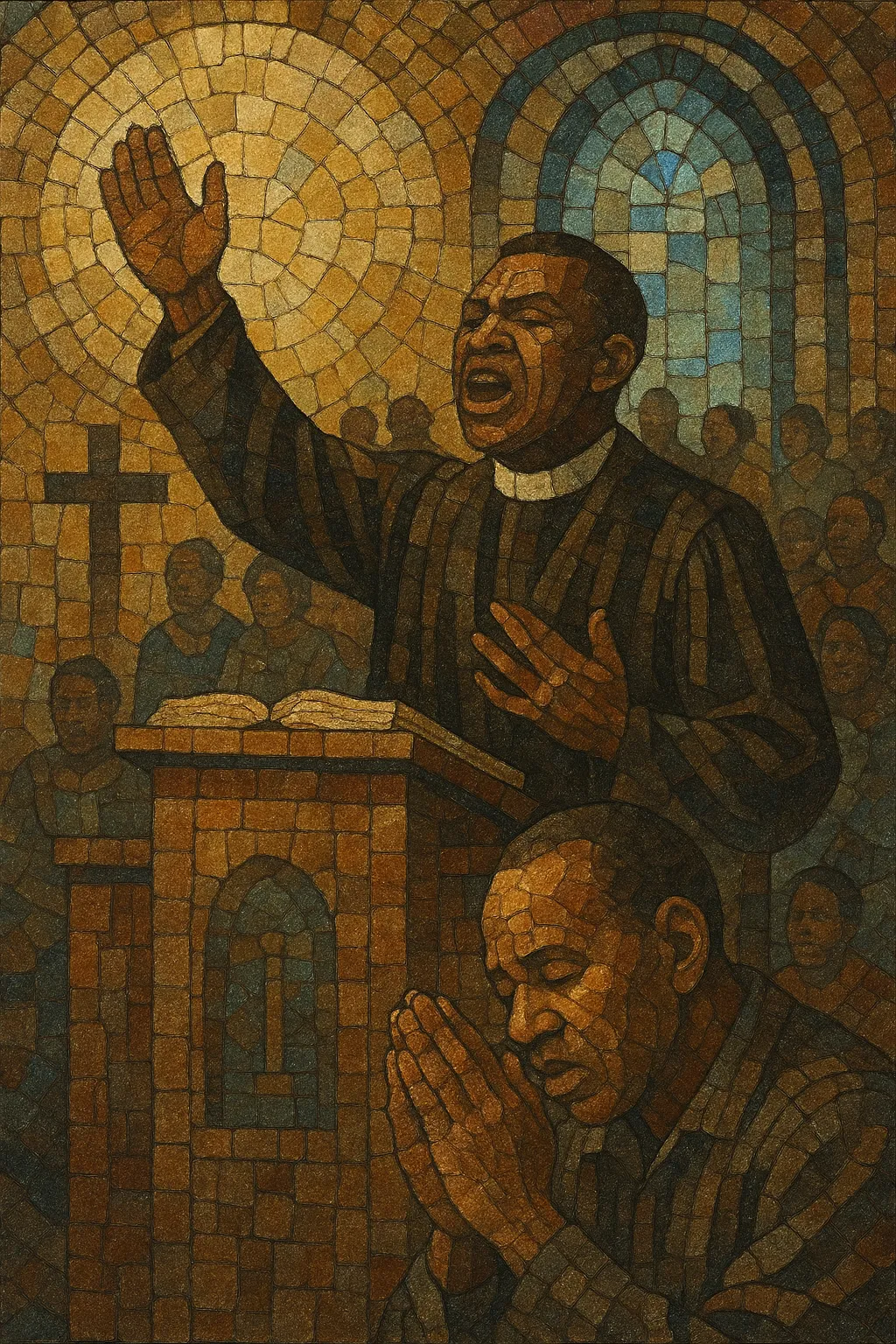
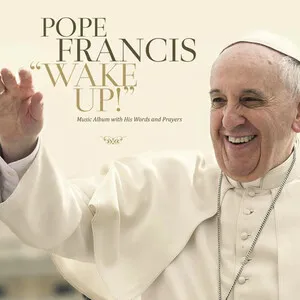
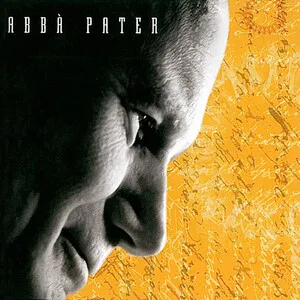
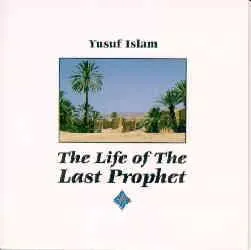
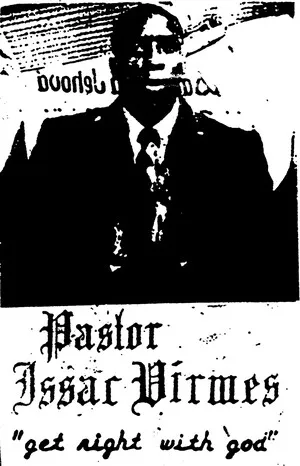
%2C%20Cover%20art.webp)
